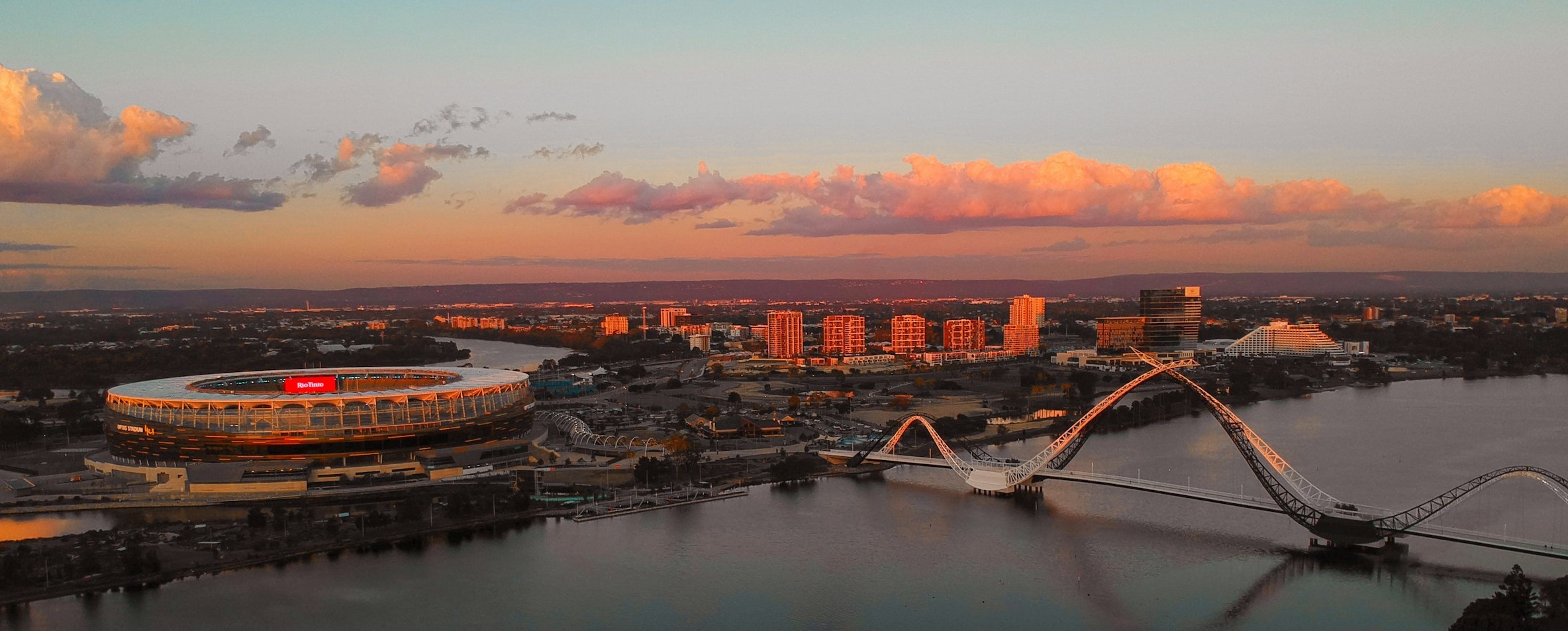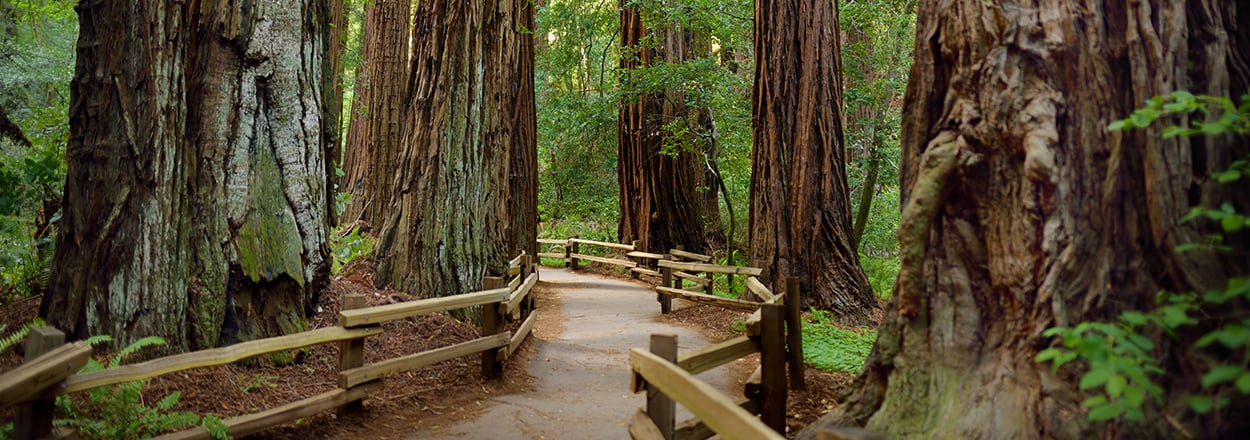When you picture Australia, you might think of busy beach towns filled with surfers and sunbathers or remote desert plains with exotic wildlife and dusty sand stretching as far as the eye can see. And while, yes, much of The Land Down Under is covered in desert landscape (about 70% to be exact), there are some areas of this massive country where the landscape might surprise you. Dramatic river gorges, luscious greenery, island outcroppings and even mountains topped with a fresh coat of snow (yes, snow!). Australia’s ever-changing scenery will excite you and these national parks are just the ticket to unlocking its beauty.
The Most-visited
Uluru-Kata Tjuta National Park
Once referred to as Ayers Rock, the name of this famous Australian park was changed to Uluru-Kata Tjuta to reflect its aboriginal heritage in 2002. Uluru-Kata Tjuta is most famous for its namesake Uluru, an impressive sandstone formation that stands over 1,000 feet high and consists of 32 rock domes and caves. A place magical by nature, Uluru attracts over 250,000 visitors to the park each year and acts as the spiritual epicenter for the region’s native peoples. The attraction comes with no shortage of local wildlife, travelers will be met by rabbits, lizards, emus and pythons as they admire the site’s ancient cave and rock carvings.
The Largest
Kakadu National Park
An enormous oasis in Australia’s Northern Territory, Kakadu National Park sprawls a massive 7,646 square miles and is home to some of the most diverse plant and wildlife species on the planet. The most populous animals in the park are crocodiles and birds with more than 10,000 crocodiles (that’s one croc for every 1.2 miles) and 280 different types of birds. Of course Kakadu’s abundant plant life is a large draw for many travelers and visitors can expect to spot up to 2,000 different species of plants throughout the park. Built on aboriginal land, Kakadu National Park is still home to Aboriginal people who have lived in the area for more than 65,000 years.
Karijini National Park
The second-largest national park in Australia’s Pilbara region, Karijini National Park is a nature fanatic’s paradise with its extravagant cavernous gorges, ancient rock formations, rushing waterfalls and refreshing freshwater pools and waterways. Those looking to enjoy the park’s amazing scenery can embark on a hike along Karijini’s vast network of walking trails that wind through fields of wildflowers, otherworldly chambers and picture perfect lookouts. After a long day of exploring, visit Karijini Eco Resort, the park’s aboriginally-owned lodging site with a number of accommodation choices ranging from a basic campsite to deluxe eco-tents with all the fixings.
Murray-Sunset National Park
See the world through rose-colored glasses at Murray-Sunset National Park, home of Australia’s famous Pink Lakes. A phenomena caused by an algae called halobacteria, the water adopts a deep pink to a pale, salmon-like coloring each year during Australia’s late summer season. It’s a sight so rare that photographers from all corners of the globe flock along the Pink Lakes’ shores; it’s almost as if all of this attention is making it blush.
The Smallest
Pulu Keeling National Park
While small in size, Pulu Keeling National Park is big in significance. Part of the Cocos Islands, Pulu Keeling National Park is located in Australia’s most remote island territory more than 1,000 miles northwest of the city of Perth. Its isolated location makes Pulu Keeling an ideal habitat for wildlife and plant life, specifically land crabs and seabirds, and researchers from all around the world gather at the island to conduct studies of island biogeography. The Cocos Islands also have a special place in science and literature as they were they only ring-shaped reef visited by Charles Darwin in the 1800s.
The Most Unique
Simpson Desert National Park
Only accessible by four-wheel drive, Simpson Desert National Park is an adventure for travelers who aren’t afraid to rough it. Located within the Munga-Thirri-Simpson Desert Conservation Park, the sand dunes at Simpson Desert stretch hundreds of miles across three major Australian states: Queensland, South Australia and the Northern Territory. The park is popular among bushwalkers, ATV riders and remote desert campers and visitors must carry all gear such as food, gas and water with them as it is not provided within the park.
Alpine National Park
Snow? In Australia? Who woulda thunk. Victoria’s largest national park, Alpine National Park, is home to the Australian Alps and contains 10 of the 11 highest mountains in the state and some of the most magnificent scenery in the country. Observe rushing rivers, dramatic mountain landscapes, fields of wildflowers and fabulous snow gum forests. The park can be explored by foot via one of its many hiking trails or by car on the Great Alpine Road Touring Route, the highest altitude road in Victoria that offers unbeatable views.






comments